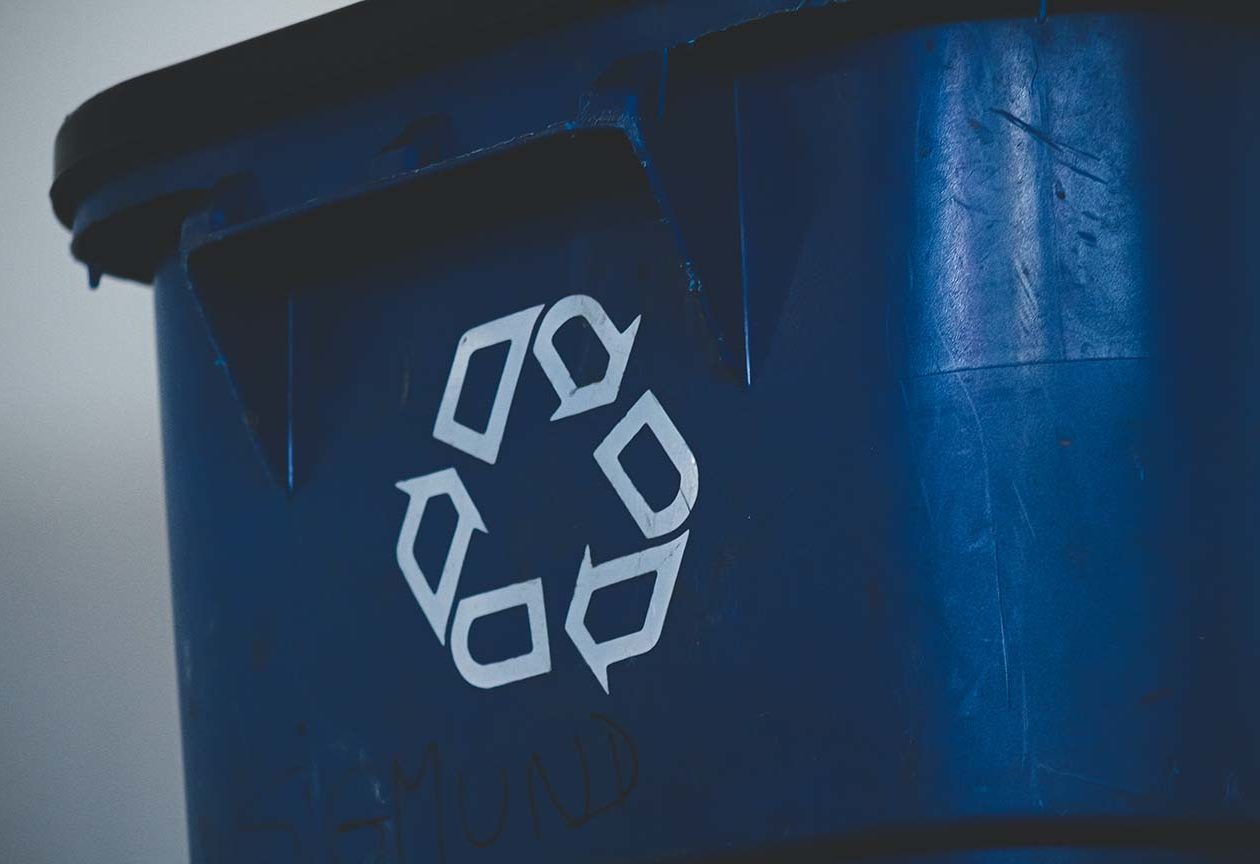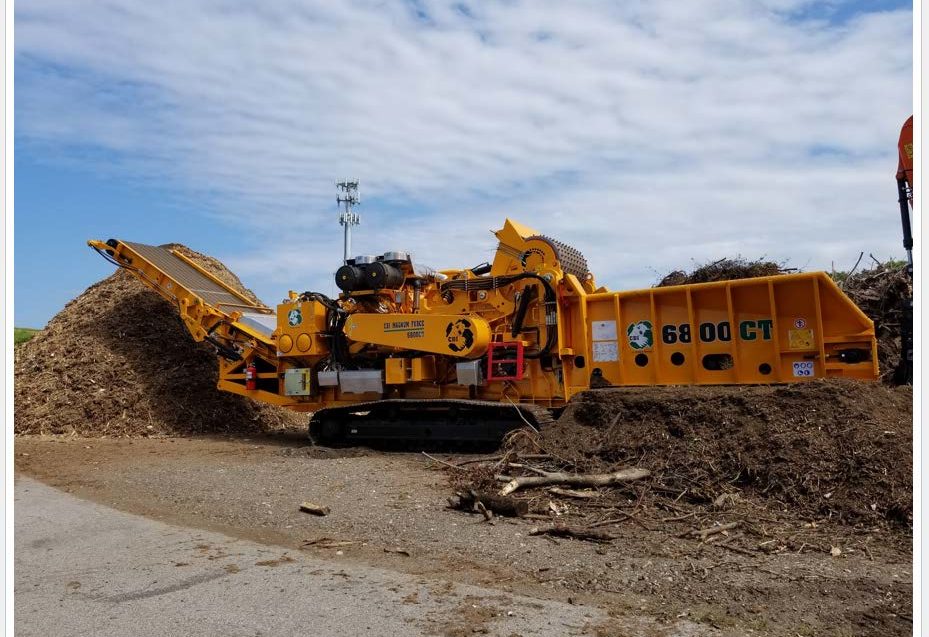Lisbon Information
All municipal solid waste (MSW) originating from SCRRRA member municipalities is to be processed at the Wheelabrator Technologies waste-to-energy facility in Lisbon, CT.
Wheelabrator Technologies
425 South Burnham Hwy
Lisbon, CT 06351
860-885-3512
www.win-waste.com/about-us/locations/lisbon-ct/
Scroll down for more information, including directions, key contacts, tipping floor/scale instructions, and a list of unacceptable wastes.
Directions to Wheelabrator Lisbon:
From 1-395 North or South, take Exit 18.
Turn right at the end of the ramp onto Route 97 Follow Route 97 for 1½ miles.
Turn left onto Route 169 North and go over the bridge.
Take the first left onto the 1½ mile-long access road to the plant.
If gate is closed or for any other issues, call the Control Room at: 860-885-3512, extension 217.
Main Contact Information:
| Position | Name | Phone Number |
| Plant Manager | John Horgan | 860-885-3512 ext 212 Mobile 860-817-5079 |
| Operations Specialist | Jennifer Reiner | 860-885-3512 ext 210 |
| Operations Manager | Scott Waddleton | 860-885-3512 ext 214 |
| Safety Manager | Chris Aiello | 860-885-3512 ext 218 |
| Environmental Manager | Tom Hochdorfer | 860-885-3512 ext 215 |
| Market Area Manager | Paul Gillanders | 203-223-5923 |
The driver must have the following information when he pulls onto the inbound scale:
- What CUSTOMER account should be billed for the load
- What MATERIAL is being hauled
- What is the ORIGIN of the load
- Is there required PAPERWORK that needs to be dropped off for this load
All MSW customers are required to have a numbered decal:
Numbered decals are to be adhered to the truck in a horizontal position on the driver’s side door or metal step and should be kept clean and free of dirt so that it can be easily read.
Decals should NOT be kept in the cab of the truck, held in the driver’s hand or shared. Each decal is set up for a specific truck, so they should not be used for any other truck coming into the facility.
Tips for pulling onto the scale:
- Drive slowly onto the scale as the speed limit is 5 mph
- Ensure your vehicle is fully on the scale
- Ensure the driver knows the CUSTOMER, MATERIAL, AND ORIGIN of the load they are hauling
- All trucks must weigh in and out
- When weighing out, verify the WEIGHTS, CUSTOMER, MATERIAL AND ORIGIN are correct. It is easier to correct the ticket before the driver leaves the facility than after it is billed
- Drivers must not leave the facility without weighing out
- Never bypass the scale
- If the RADIATION DETECTOR goes off while a truck is on the inbound scale, a gate will automatically come down the prevent the truck from leaving the scale. The driver must wait until the scale house attendant to assist them and notify them of further instructions.
- Keep to a reasonable driving speed & follow speed limit signs
- Be aware of curve at gate, proceed with caution while entering & exiting, and yield to oncoming traffic, especially when preparing to make wide turns
- Avoid standing outside your vehicle, especially where other vehicles may be passing you
- Keep away from other traffic and use the required high-visibility safety vests if standing or working on roadways
- Do not block entry to facility at front gate. While waiting for scale, park before gate and leave an opening for other visitor or employee vehicles to pass.
- Adhere to stop signs. Make a full stop before entering and leaving the tipping floor
- Follow the “Tipping Floor Rules for Drivers”, attached
- Any type of waste transport container must be covered, prevent any airborne material at all times outside of the tipping floor, not leaking and properly maintained
- Pursuant to RCSA Sect 22a-174-18(b)(3)(C), trucks shall not be left idling for more than three (3) consecutive minutes
- Waste deliveries must be acceptable wastes. See the list attached.A sign is of acceptable and unacceptable waste is also posted at the entrance
- The facility’s loader operator must inspect random loads on a daily basis
- Any unacceptable waste found and shall be returned with the hauler
- The total amount of recyclable material must not be greater than 10% by volume
- Any solid waste determined to be unsuitable for processing must be report to the CT Department of Energy & Environmental Protection
Thank you for your contributions for our continued success to our environmental & safety performance!
Each Hauler and Driver must follow the signs posted at the facility. Signs are posted at the scale house and the entrance to the Tipping Building. When in doubt of what to do, always ask the Loader Operator for assistance. Failure to comply with these rules will subject the delivery vehicle occupants and their company to being banned from the facility.
Tipping floor/receiving area standards:
- Do not enter the Tipping Building without receiving directions from the Loader Operator
- While on-site, always obey all signs, signals and instructions from the Loader Operator
- Be aware of other vehicles around you and drive slowly
- The person exiting the delivery vehicle shall always wear the required personal protective equipment (PPE) listed below:
- Hard hat;
- Sturdy work shoes; (recommended puncture resistant safety toe shoe)
- Eye protection; and
- High-visibility vest (ANSI Class II otherwise listed as REFLECTIVE)
- Do not remove tarps, bibs, straps or bungies before entering the Tipping Floor. Do not remove or loosen gate turnbuckles or safety chains before entering the tipping floor
- Dump your load no closer than 15 feet from the pit edge unless specified by the Loader Operator due to a potential fall hazard
- Not more than one person per waste delivery vehicle may exit a vehicle on the Tipping Floor. All other vehicle occupants must remain in the vehicle. The person exiting the vehicle must stay within 6 feet of their vehicle when in the Tipping Building
- Person’s exiting the vehicle (i.e. Helpers) prior to the vehicle proceeding to the Tipping Floor must remain in the designated waiting area until the Driver returns to pick them up
- The riding of a person on the outside of delivery vehicle is prohibited
- Vehicles are not to be left unattended
- The person exiting the vehicle shall stay at least 15 feet away from the pit opening. The 15-foot line is marked by a green “laser light” line across the width of the floor
- After tipping their load, delivery vehicles shall pull away from the pit to a clear, safe area as directed within the Tipping Building to close the vehicle doors
- Any violation of these rules by a waste delivery vehicle driver or occupant will be reported to the hauling company’s district office, the plant manager and facility OHS manager
- Smoking is not permitted in the Tipping Building and is only permitted in posted areas
- Cell phone use is prohibited while driving or operating controls of vehicles
- Scavenging is prohibited at all times
In 2016, The Connecticut DEEP changed the way it handles loads that trigger the radiation monitor located on our in-bound scale. DEEP no longer dispatches field workers to the site to analyze loads that trigger the radiation monitor. As a result, Wheelabrator Lisbon changed its procedure for handling this type of loads. Our procedure is:
- Truck will be pulled over to the side in an area just after the inbound scale.
- The CT DEEP will be notified
- The hauling company will be notified
- The hauling company must make arrangements for a Registered Radiation Protection Technologist to analyze the load to identify the isotope present.
- If the load is cleared, the truck will be allowed to proceed to the tipping floor to dump the load for processing
- If load is deemed unacceptable, the DEEP will be contacted for direction on how to proceed.
A copy of the report, which must include the gamma spectrum graph, will be sent to the Wheelabrator Lisbon and CT DEEP within 2 business days
The following radiation consultant has been used by other haulers with good results:
Paul R. Steinmeyer
Radiation Safety Associates, Inc. PO Box 107/19 Pendleton Drive Hebron, CT 06248
Phone: 860/228-0487 Fax: 860/228-4402
Thank you in advance for your cooperation. If you have any questions or concerns, please do not hesitate to call the plant manager, John Horgan at 860-885-3512 ext. 212 or his cell phone 860-817-5079.
Unacceptable Wastes:

Recyclable Materials
- Cardboard
- Glass and Metal Food & Beverage Containers Leaves or Grass Clippings
- Newspaper Office Paper Scrap Metal
- Storage Batteries (from motor vehicles) Waste Oil
- NiCd Rechargeable Batteries
Tires
- Tires mounted on rims
- Tires whose rims exceed 16 ½ inches
Motor Vehicles and Motor Vehicle Parts
White Goods (includes CFC containing appliances)

Demolition Debris
- Aggregate, brick, stone, cement, gravel, sand, structural clay products
- Soil
- Asbestos
- Roofing materials
- Plaster and other non-combustible demolition debris
Covered electronic device or “CED” means desktop or personal computers, computer monitors, portable computers, CRT-based televisions and non-CRT-based televisions or any other similar or peripheral electronic device specified in regulations adopted pursuant to section 22a-638.
Hazardous
Waste Biomedical
Waste Explosives
Liquid Wastes
- Gasoline, kerosene, turpentine
- Waste or hydraulic Oil
- Paints, Solvents, Alcohol
- Acids
- Caustics
- Sewage or process wastewaters
- Leachate
- Sewage sludge
- Inflammable or volatile liquids
Miscellaneous Materials
- Old Glory (American Flag)
- Pathological and biological waste
- Ashes
- Radioactive materials
- Human or animal remains
- Animal products
- Offal (Internal organs of a butchered animal)
- Agricultural and farm machinery and equipment
- Tar
- Asphalt
- Sludge (except as approved with a special waste application)
- Sealed drums
- Pressurized containers
- Tree stumps
- Tree logs
- Agricultural or other vegetative waste in such quantities as to cause the facility to operate outside of its BTU design parameters or in violation of any manufacturer’s warranties
- Special Waste (except as approved with a special waste application)
- Water treatment, sewage treatment or industrial sludges, liquid, solids and contained gases; fly-ash and casting sands or slag; and contaminated dredge spoils.
- Scrap tires
- Bulky waste, as defined in this section (Land clearing debris/waste resulting from C&D activities) (except material approved with a special waste application)
“Municipal Solid Waste” means solid waste from residential, commercial & industrial sources, excluding solid waste consisting of significant quantities of hazardous waste as defined in section 22a-115, land-clearing debris, demolition debris, biochemical waste, sludge & scrap metal. CGS 22a-207(23)